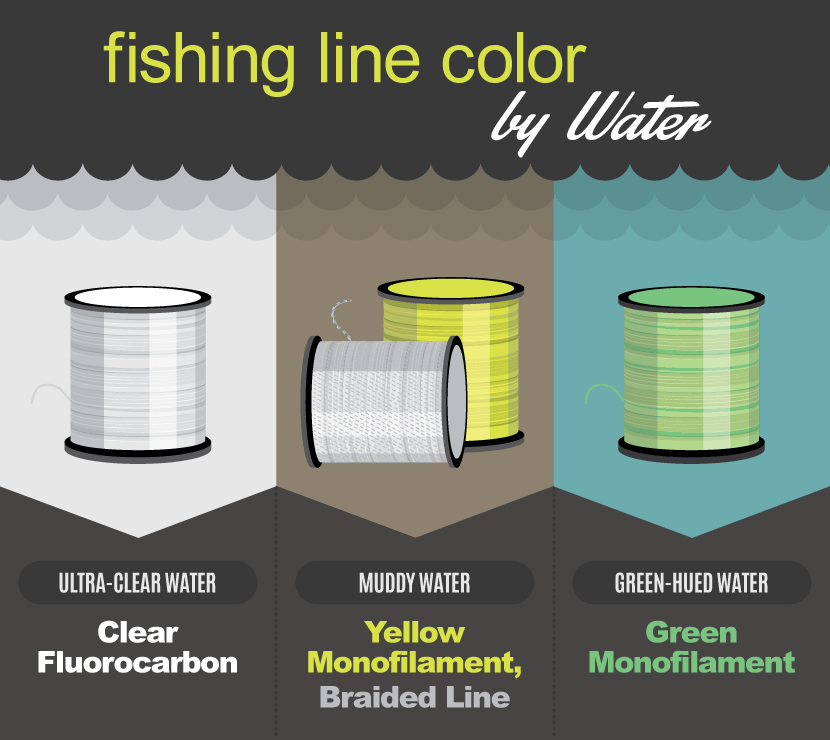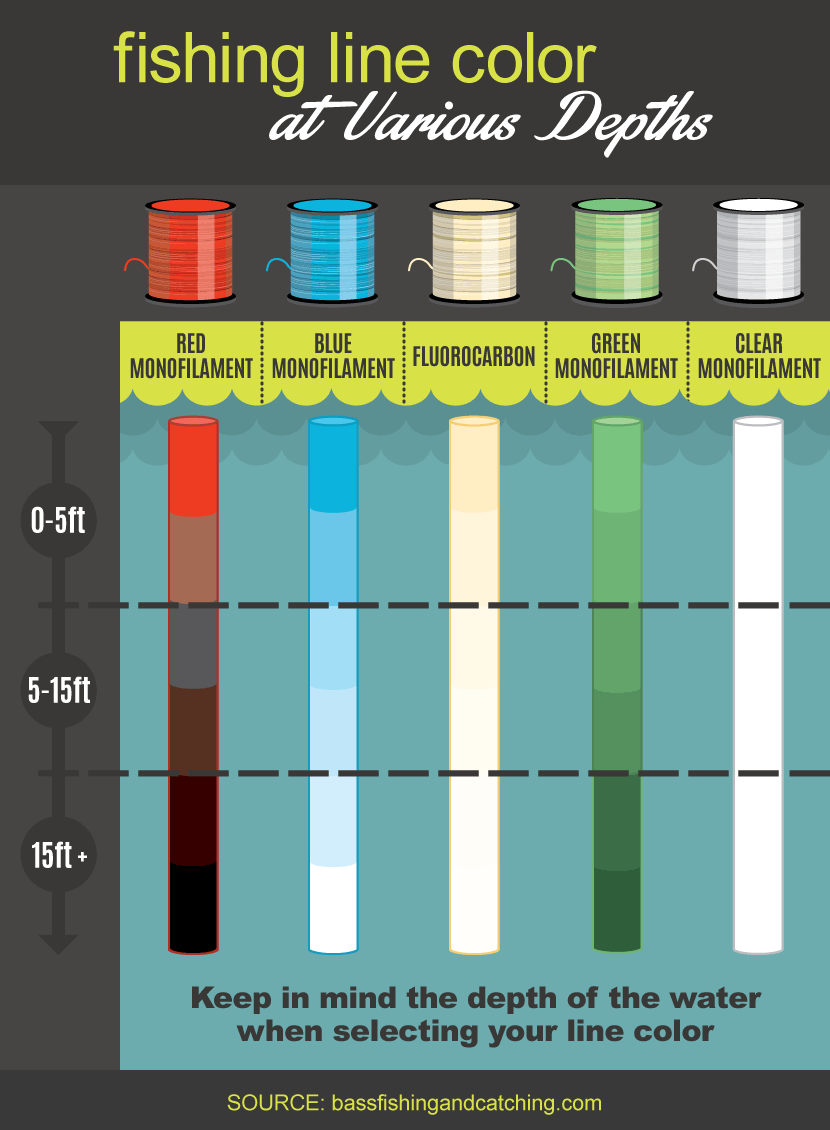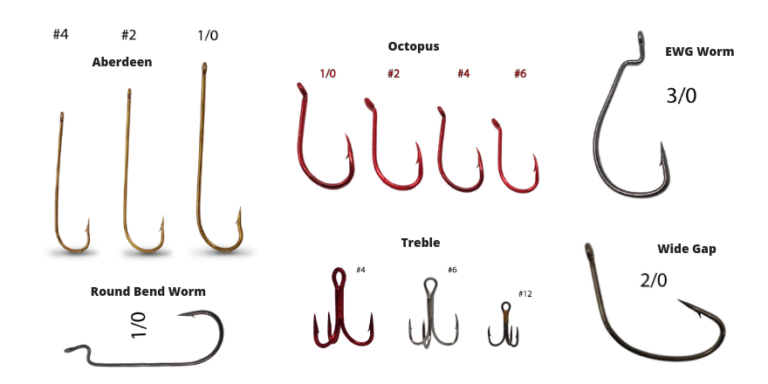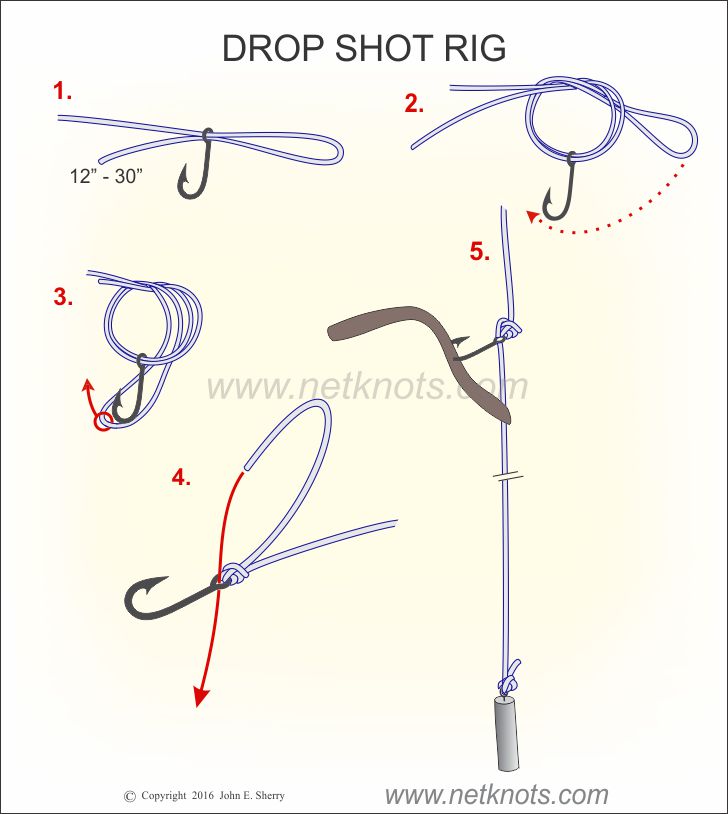Can Fish See Fishing Line
Fish can perceive fishing line, but the visibility depends on the water clarity and line type. Clear and thinner lines are less detectable to fish.
Understanding the visibility of fishing line is crucial for both amateur and professional anglers. The choice of line can significantly affect the success of a fishing trip. Factors such as the color and refraction of the line can either spook fish or go unnoticed, while its strength and durability determine if a catch is successful.
Anglers often opt for lines that blend into the underwater environment, using colors that match the water or the sky. Fluorocarbon lines, for example, are popular due to their lower visibility underwater. By selecting the appropriate fishing line, anglers can improve their chances of catching fish while ensuring the line is strong enough to hold.
The Secrets Of Water Visibility
Underwater clarity is a key player in fish vision and behavior. Several factors sway this clearness.
- Water composition – Includes minerals and organic matter.
- Light levels – More light means better visibility.
- Depth – Deeper waters are often murkier.
Light penetration changes how objects look beneath the surface. Clear waters allow better line camouflage. Conversely, turbid waters scatter light, altering perception. Thus, angling success may hinge on these natural elements.

Credit: www.northlandtackle.com
Fish Vision Mechanics
Fish eyesight is quite different than human vision. Cones and rods in fish eyes have distinct roles. Cones help fish see colors. Rods are good for seeing in low light. Fish usually have more rods. This means they are better at seeing when it’s dark. Humans have more cones, so we see colors better than most fish.
Understanding Fishing Line Types
Fishing line types greatly affect a fish’s ability to detect them. Monofilament lines stretch well and are invisible to fish. These lines float on water and are good for topwater techniques. Braided lines, on the other hand, are stronger and thinner. Yet, they are more visible to fish.
Fluorocarbon lines have special traits. They are nearly invisible underwater. This is because they have the same light refraction as water. They sink faster than monofilament, which is good for deep water fishing.
| Line Type | Visibility | Stretch | Use Case |
|---|---|---|---|
| Monofilament | Low | High | Topwater |
| Braided | High | Low | Heavy Cover |
| Fluorocarbon | Very Low | Medium | Deep Water |
Fish Sightline: Can They See The Line?
Fish can detect fishing lines, but it’s not just about being invisible. The color and thickness of the line play a huge role. Some colors blend better with the underwater world, making them harder for fish to see. For instance, clear lines are often great in any water. But in certain waters, like those with heavy algae, green lines might be less noticeable to fish.
The thickness of the line also matters. Thinner lines are less detectable to fish. This doesn’t mean they can’t see them at all. Fish have good eyes. But a fine, thin line can make it harder for fish to see, helping fishermen. So, choosing the right color and a thinner line may improve luck in catching fish.
The Art Of Stealth Fishing
Fishing success often hinges on line visibility to fish. Choosing an appropriate line is crucial. Clear monofilament lines are nearly invisible underwater, making them a popular choice. Yet, they might not be perfect for all situations. Fluorocarbon lines, although slightly more visible, reflect light similar to water.
Braided lines are more noticeable but offer strength for heavy cover fishing. Anglers match the line color to the water’s hue. A green line blends in with algae-rich environments. Muddy waters call for darker lines. Light lines suit open water with strong sunlight.
Knowledge of underwater topography boosts stealth. Fish are less likely to detect lines against a complex background. Therefore, cast near structures like reefs or downed trees. These strategies greatly improve a fisherman’s edge.

Credit: www.fix.com
Implications For Anglers
Anglers must choose their fishing gear wisely to enhance their catch rates. The visibility of the fishing line can affect a fish’s behavior. Fish are equipped with keen eyesight to discern potential threats, including fishing lines. Selecting the right line could mean the difference between a good and a bad fishing day. Transparent monofilament lines are often less detectable to fish. Braided lines, while stronger, can be more visible. Opt for fluorocarbon lines for their near-invisibility underwater, making them a top choice among pros.
Line color can also play a crucial role, with certain hues blending better with different water environments. Light-refracting qualities must be considered to match the water conditions. Always check for water clarity and light levels before making a selection. This strategy can significantly increase the likelihood of a successful catch.

Credit: www.northlandtackle.com
Frequently Asked Questions Of Can Fish See Fishing Line
What Fishing Line Is Invisible To Fish?
Fluorocarbon fishing line is nearly invisible underwater, making it ideal for clear water and wary fish.
Can Fish See You When Fishing?
Yes, fish can see you when fishing. Their vision depends on water clarity and movement. To avoid detection, stay still and be mindful of your shadow.
What Color Is Hardest For Fish To See?
Blue colors are the hardest for fish to see, particularly in deeper or murkier water conditions.
Can Bass See Color Fishing Line?
Yes, bass can perceive colors, which may affect their reaction to different colored fishing lines in various water conditions.
Conclusion
Understanding the visibility of fishing line to fish enhances the angling experience. It impacts lure performance and catch rates. Choose lines wisely, considering water conditions and fish species. Elevate your fishing game – make informed decisions for better, more sustainable fishing adventures.
Keep learning, keep fishing, and always aim for that perfect catch!




